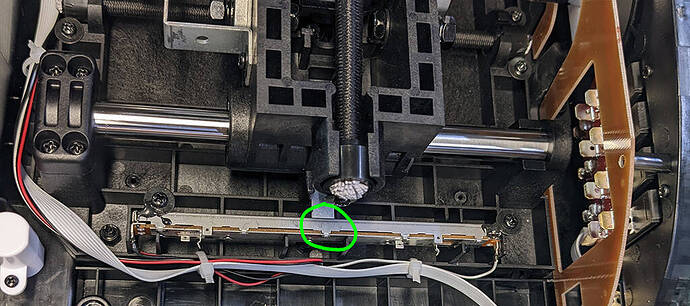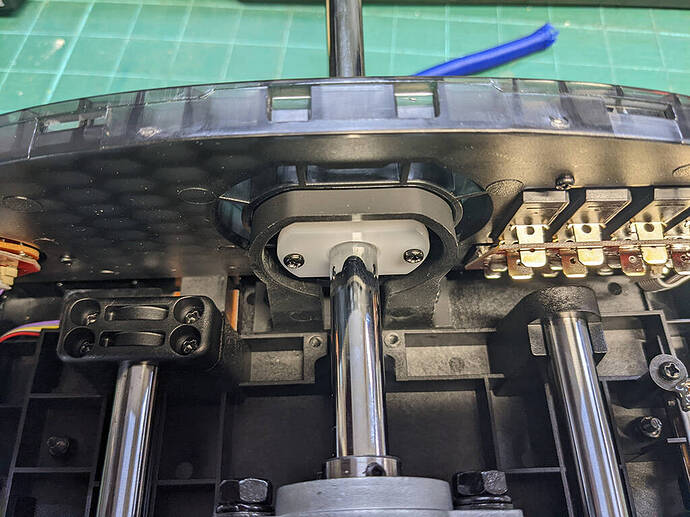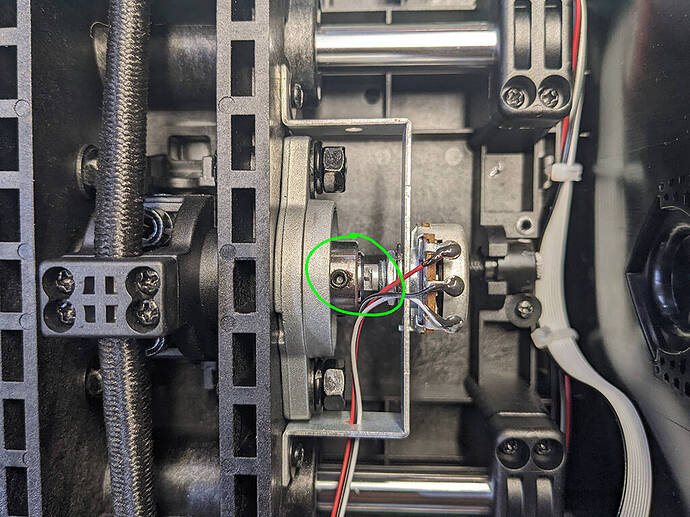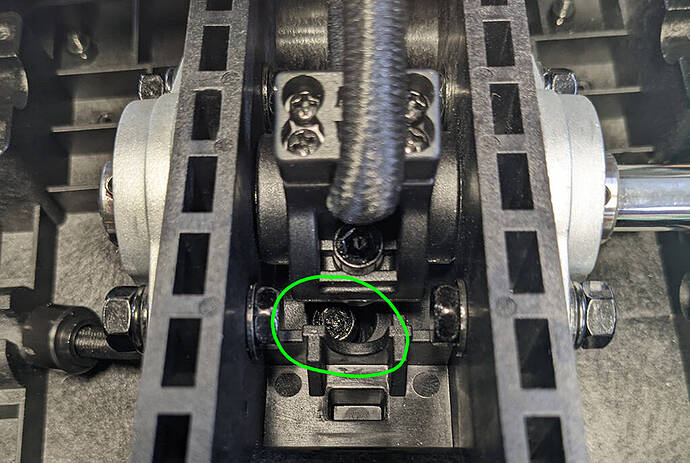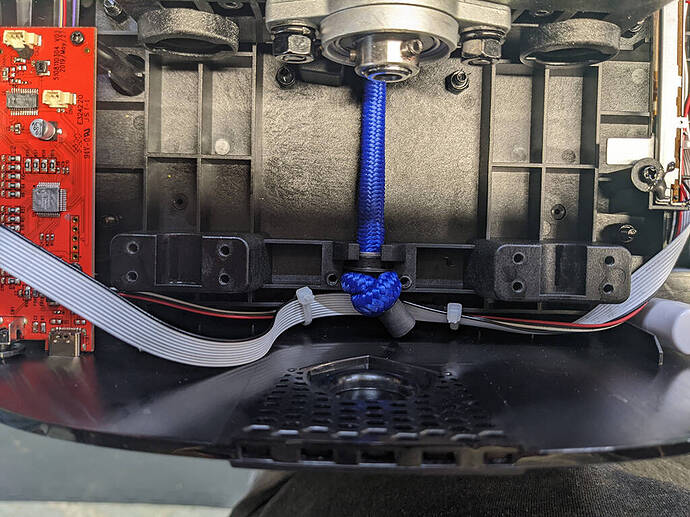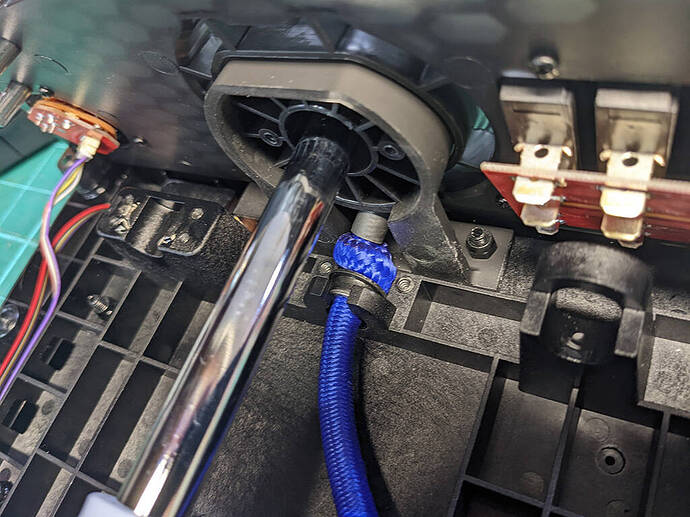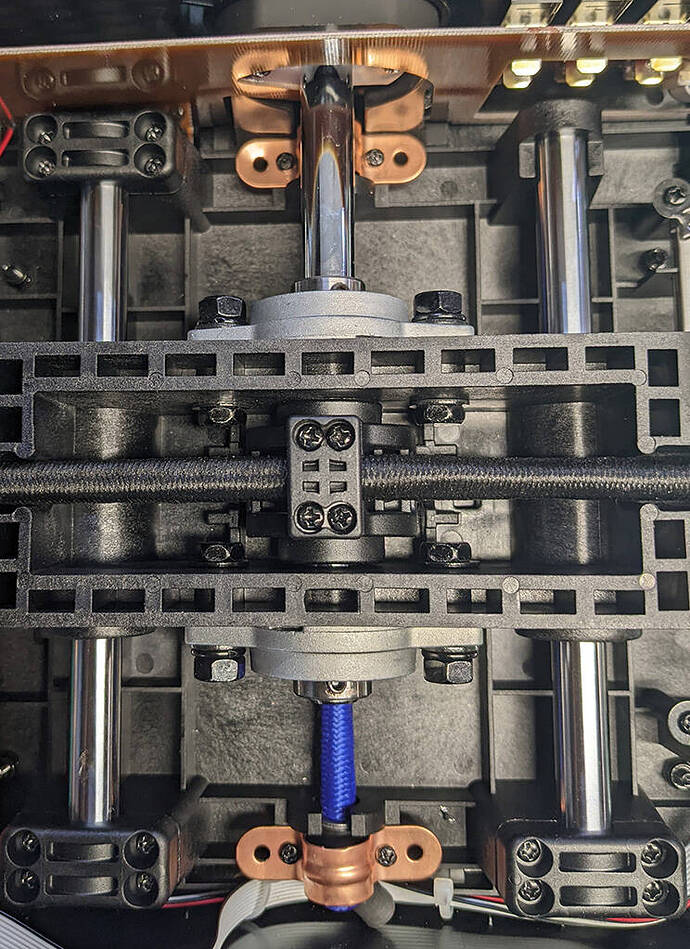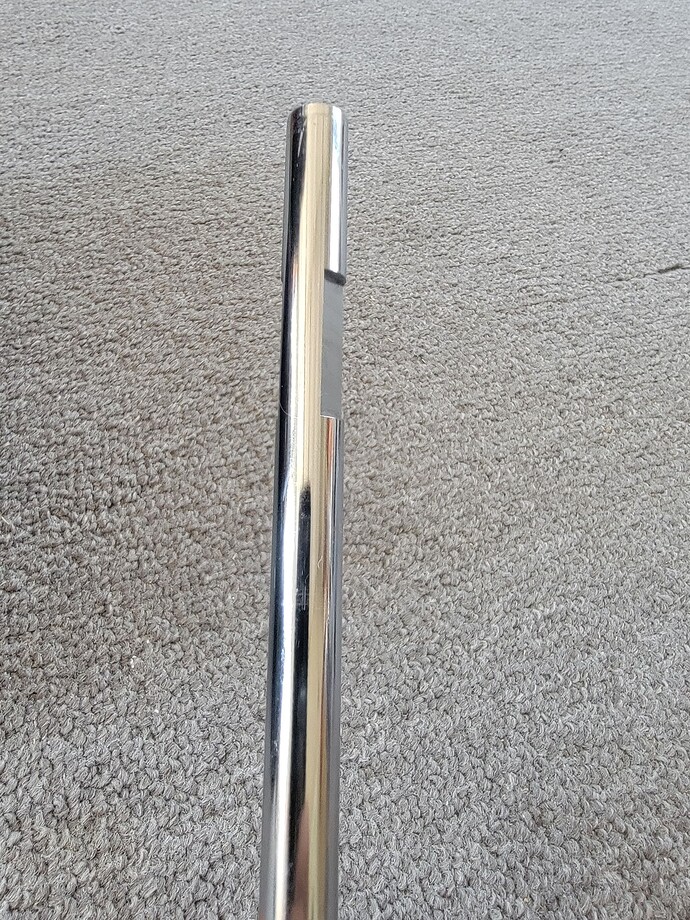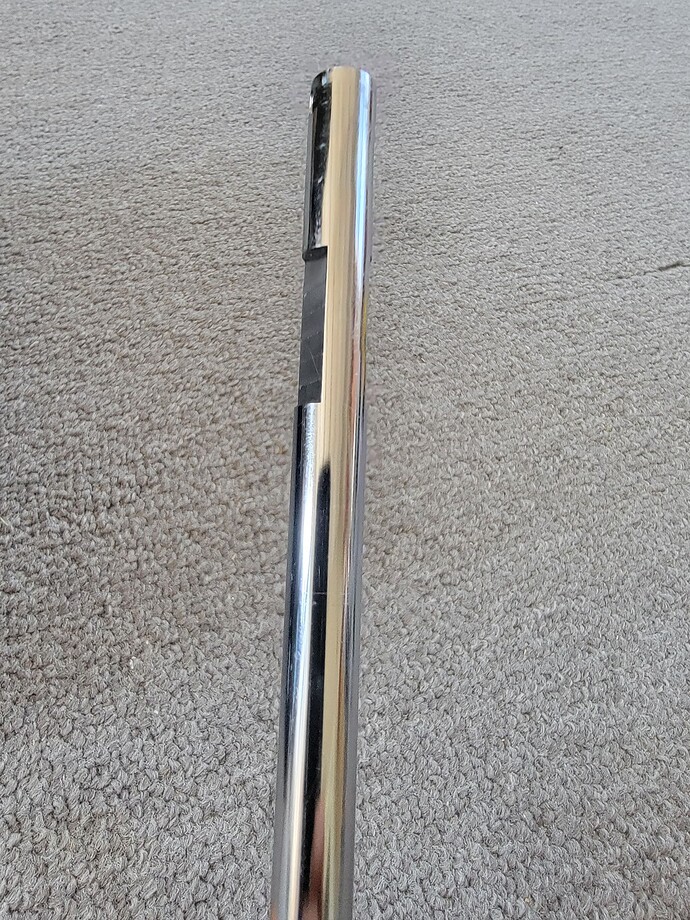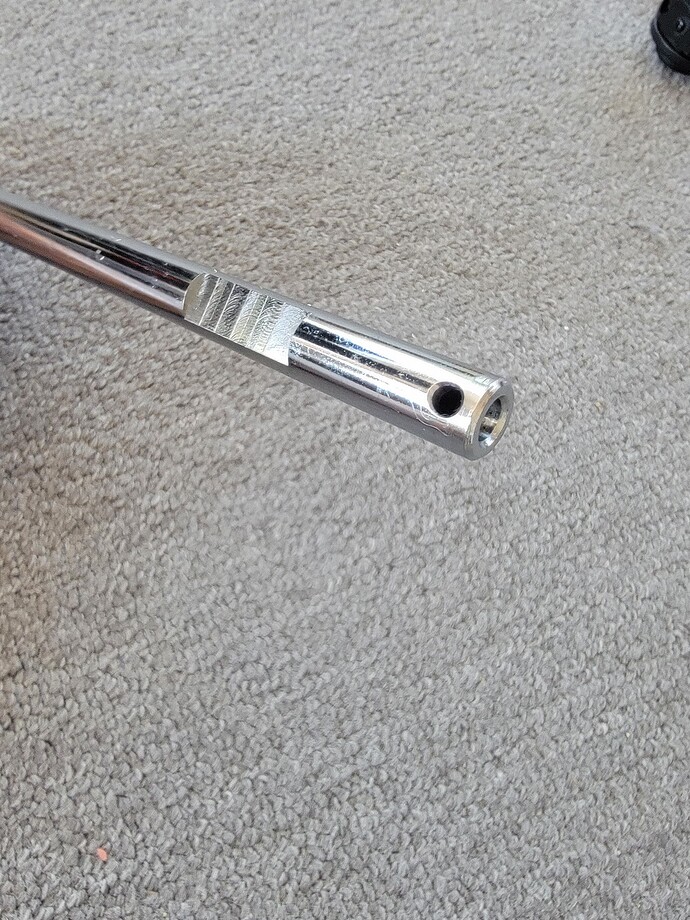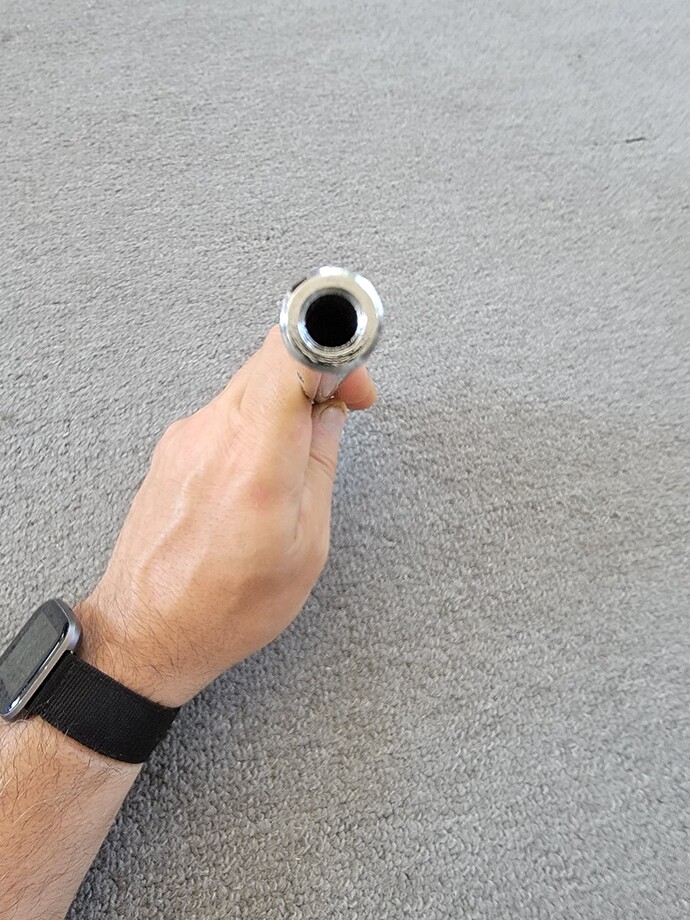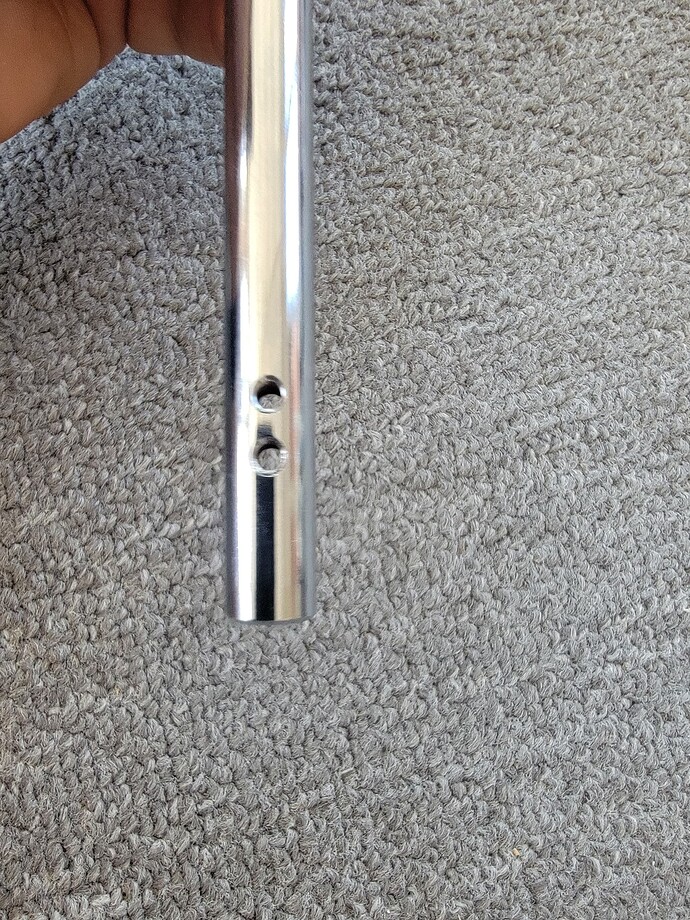Hey folks, like many of you I found the pitch spring too strong on the Honeycomb Alpha.
So I changed it, this is how.
The modification is entirely reversible. That being said,
!! THIS WILL PROBABLY VOID YOUR WARRANTY !!
The mod is pretty easy, you’ll need a minimum number of tools, some creativity, and some common sense. Take your time and have a think about what you’re doing at each step. I’m not responsible if you wreck something.
Unfortunately I didn’t take a whole lot of pictures but what I have should give you an idea of what needs to be done.
-
Remove the 8 screws on the bottom that hold the top shell. Put the shell aside. Unplug the chord from the body to the yoke.
-
Pop off the cap that covers the yoke mounting flange, remove the two screws, and put the yoke aside.
-
Now you’re looking at the insides of the Alpha. It should be pretty clear how things work. There’s a bungee cord for roll axis, and another bungee underneath the carriage for the pitch.
-
Take note of the position of the linear potentiometer I’ve circled above. That’s the neutral position for the pitch.
-
The bungees can be released by removing the retaining screws and washers, then pulling the end caps out of their holders. Release both pitch and roll bungees, but don’t remove them yet.
- Remove the LED board (unplug it from the main board). Remove the two screws securing the white bushing and slide that out of the way.
-
Take note of the orientation of the roll potentiometer. There’s a set screw that holds the pot to the pitch/roll shaft. The screw is held in with red Loctite and can be difficult to remove. You can touch the screw with a hot soldering iron to release the Loctite but I got it free with firm steady pressure. Once that’s done, remove the potentiometer bracket, and unplug it from the main board.
-
Remove the 4 screws on each of the 3 caps that lock the slider rails.
-
With the bungees free, the LED board and roll pot removed, that white bushing free, and the rail caps removed, you should be able to lift the carriage up enough to remove the rails. Careful you don’t pull on something that shouldn’t be pulled on, like that tab for the linear pot.
-
Rotate the roll bungee holder to one side and you’ll see a screw. Using a 4mm ball end hex wrench, you can just get in there and undo that screw. There’s another one on the other side. This will undo the clamp on the bottom that holds the pitch bungee in place.
-
After a bit of wiggling, you should now have the pitch bungee free! This is what you’ll replace with a softer bungee. Take the bungee to the hardware store and try out some bungees that feel softer than the original. A little goes a long way here so don’t get something too weak.

- Once you’re back home, cut one end of the new bungee off and add some washers. You’ll have to get creative here as they have to sit in the holders that the original bungee’s caps were seated in. I found a combination of plastic bushings and washers that worked well.
- Use knots to secure the washers and match the length of the new bungee to the old. Once you get a length you’re happy with, trim off the ends.
-
Keep the clamp on the new bungee loose, because you’ll need to center it. Once you get the carriage centered, tighten the clamp. And start re-assembling the Alpha.
-
Everything goes back together pretty easily, except you might find that the retaining screws and washers don’t hold your new bungee in place. I made some retainers out of some clamps I had laying around:
-
Double check everything before closing up the Alpha. Make sure everything rolls and slides smoothly, no wires are getting snagged or pulled on, make sure that tab in the linear potentiometer is correctly engaged with the carriage, etc, etc.
-
One final step when everything is back together: run through the Alpha calibration routine:
YOU’RE DONE
If everything goes well, and you chose correctly for the replacement bungee, you should now have a pitch axis force that more closely matches the roll axis force. If you find that you’re not happy with the results, you can redo the process and either try a different bungee or put the original one back in.
Good luck!
